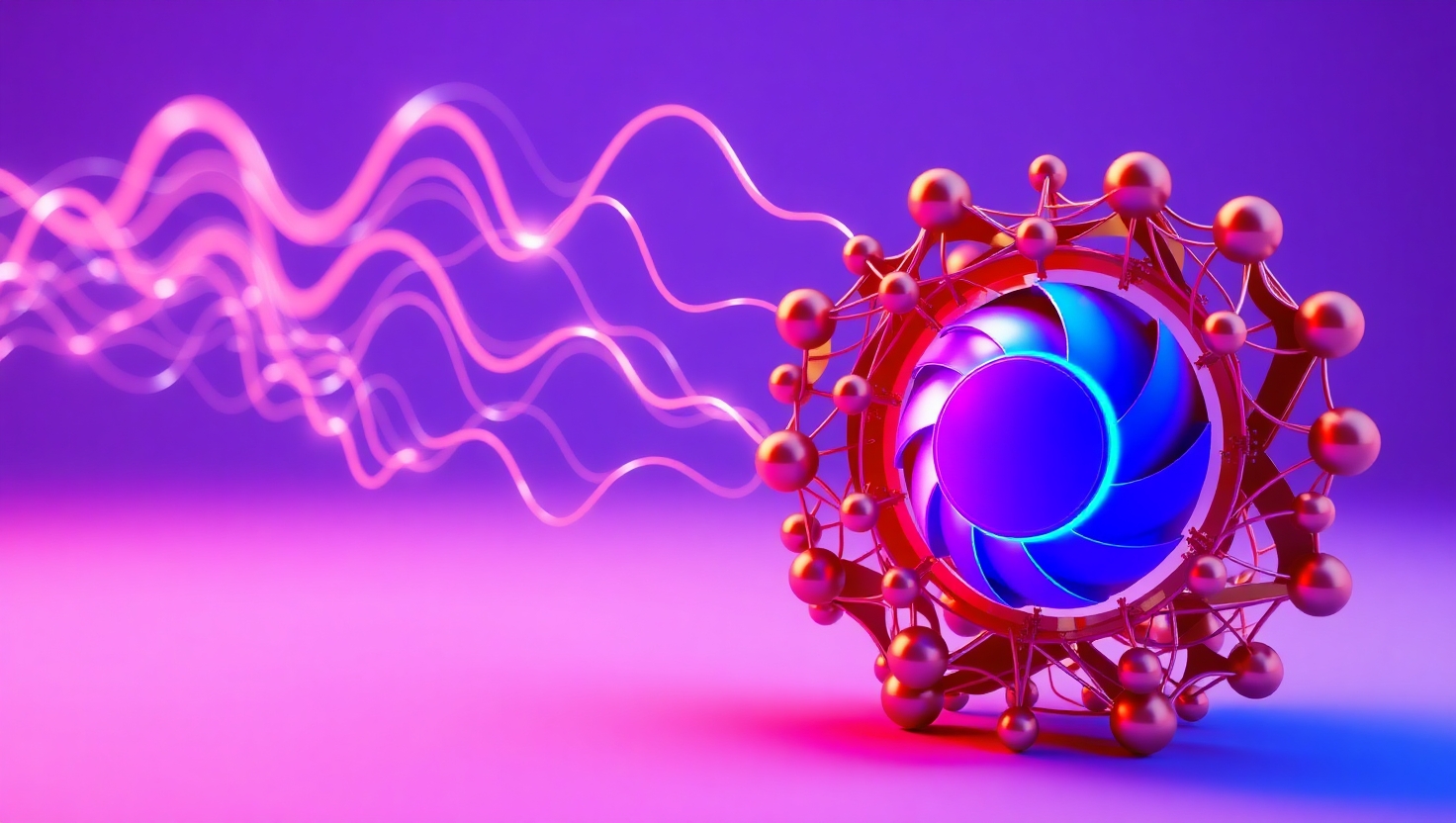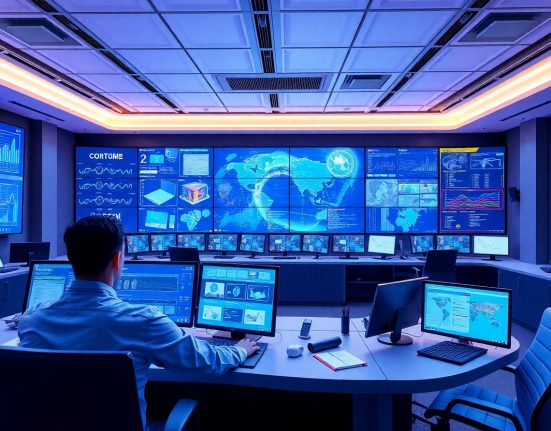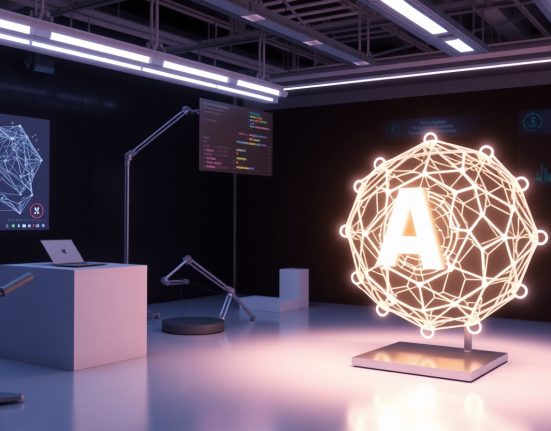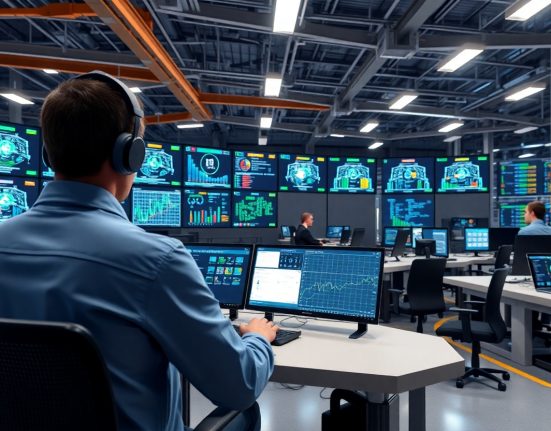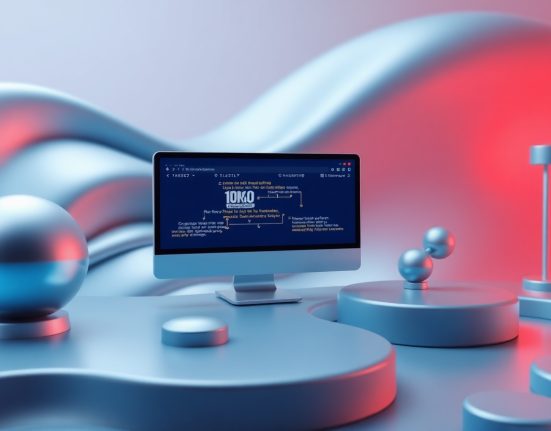The world of artificial intelligence is moving at lightning speed, and the models keep getting bigger and more impressive. For those of us who love technology and have a decent graphics card sitting at home, it’s natural to wonder: can I be part of this too? Is my gaming PC powerful enough to train real AI models? And if it is, what can I realistically do with it?
To get a clear picture, you first need to understand what training a model actually involves. This process requires crunching huge amounts of data while constantly adjusting millions or even billions of parameters. When you’re dealing with massive models like GPT or Stable Diffusion, training often takes hundreds of gigabytes or even terabytes of information. At that level, even powerful cards like the RTX 3090 or 4090 start reaching their limits.
But that doesn’t mean you’re out of the game. It’s absolutely possible to train small and focused models, especially those designed to run in lightweight environments. For example, you could train models to generate short texts, identify emotions, make content recommendations, or fine-tune existing models using personal datasets. The trick is to match the model size and dataset to your GPU’s memory. A card with 24GB of VRAM, like the 3090, can handle medium-sized models pretty well if you work smart using mini-batches, precision tweaking, and memory-saving techniques.
So what’s not possible? You’re not going to fully train huge models from scratch on a home setup. Some of them are so large they can’t even fit into memory, and the training time would be completely impractical. What might take a data center a couple of days could take your machine weeks or more. Add to that the heat, noise, and system wear, and it becomes clear that there are limits.
Still, there’s something exciting about doing it yourself. Seeing how open source tools and your own hardware can turn into a personal AI lab is honestly pretty thrilling. Sometimes the limitations actually bring out more creativity. You find yourself trimming the model, choosing only the most relevant data, experimenting with small tweaks that lead to big insights.
For people who love this field, it’s a game of balance. On one side there’s the dream of building something impactful, and on the other there’s the reality of working from a single machine with finite power. But maybe that’s part of the magic. Instead of pressing a button and waiting, you’re involved in every layer. You troubleshoot, experiment, learn as you go, and come out the other side knowing a whole lot more than when you started.
In the end, a home GPU is not a replacement for a cloud cluster, but it can definitely be a gateway. You might be surprised just how much it can do when you push it thoughtfully. If you’ve got patience, a love for code, and curiosity that won’t quit, there’s no reason not to dive in and see what your machine is truly capable of.








